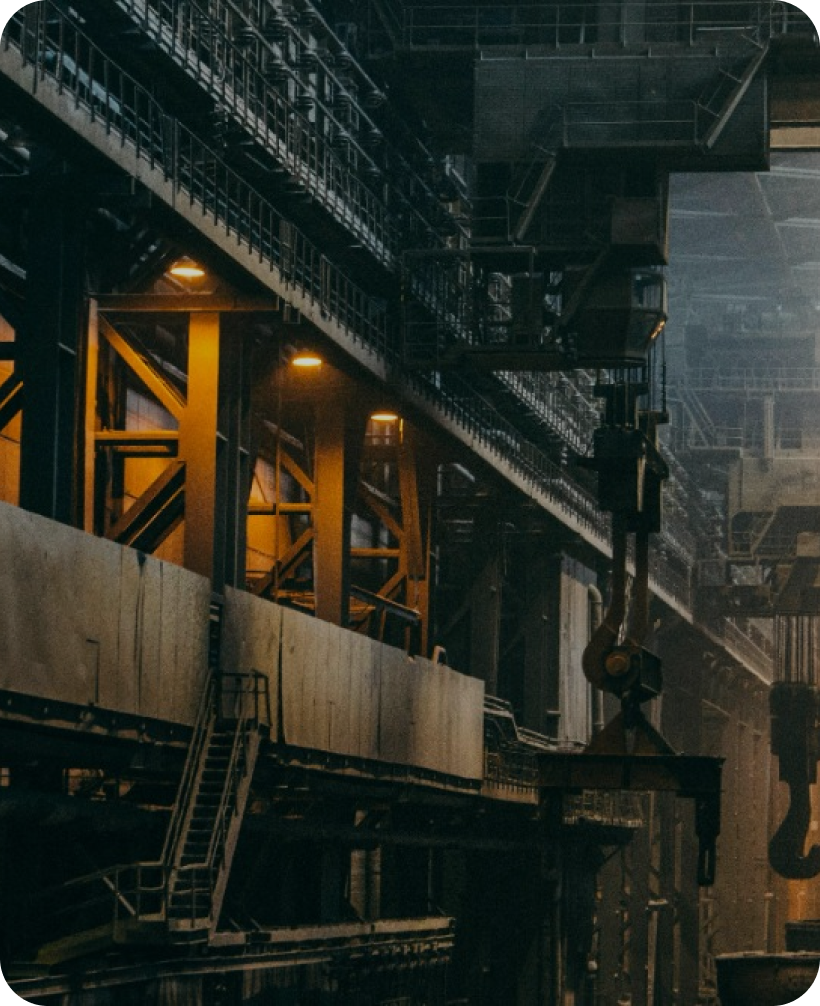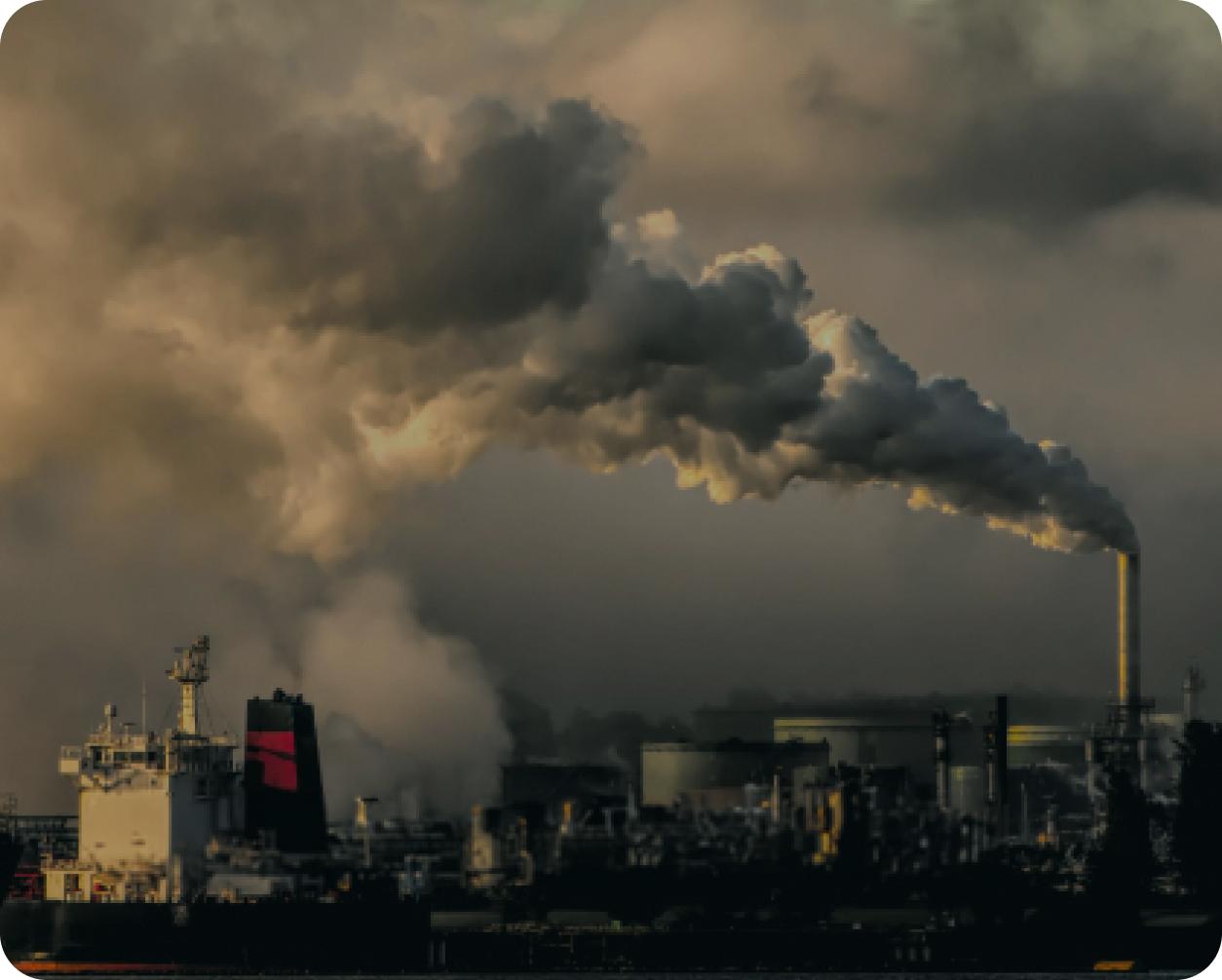- Energy efficiency & electrification
- Heavy industries (e.g., steel, cement, etc.) will require improved energy efficiency and electrification of processes in order to achieve reduced energy intensity.
Emissions
Global greenhouse gas emissions – share of total (2019).
Background
Many heavy industry processes have high heat requirements that render them difficult to abate.
- High heat
- difficult to abate.
Abatement will require company coordination, government support, and technological development.
- Support
- and development needed.
Source: Climate Watch; Our Word in Data; IEA; EIA
Current State
Industrial energy intensity has historically improved at a rate of only ~1% p.a. since 2000, lagging intensity improvements in transportation and buildings.
Adoption of new technology has been gradual due to low production equipment turnover rates.
However, some companies are starting to realize the economic benefits of improved energy efficiency in addition to improving their environmental footprint.
Solution Details
 Back to the solutions
Back to the solutions

